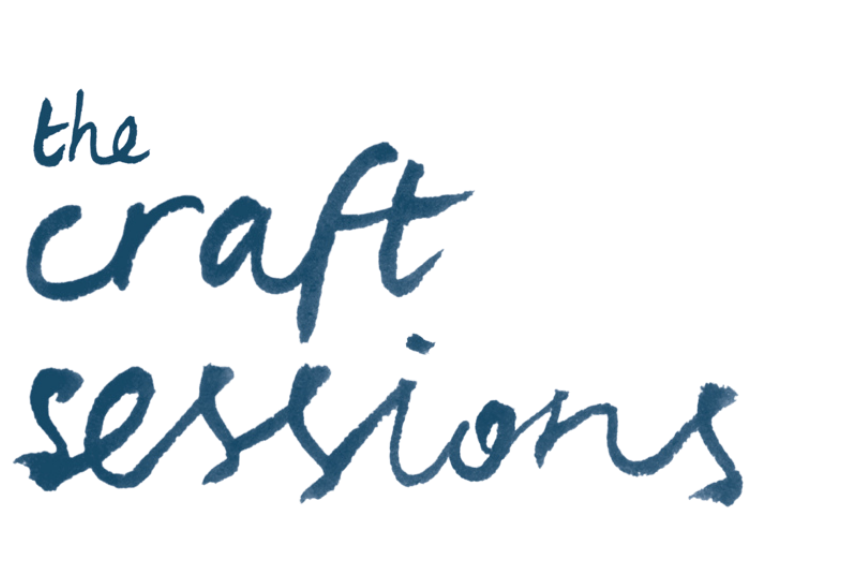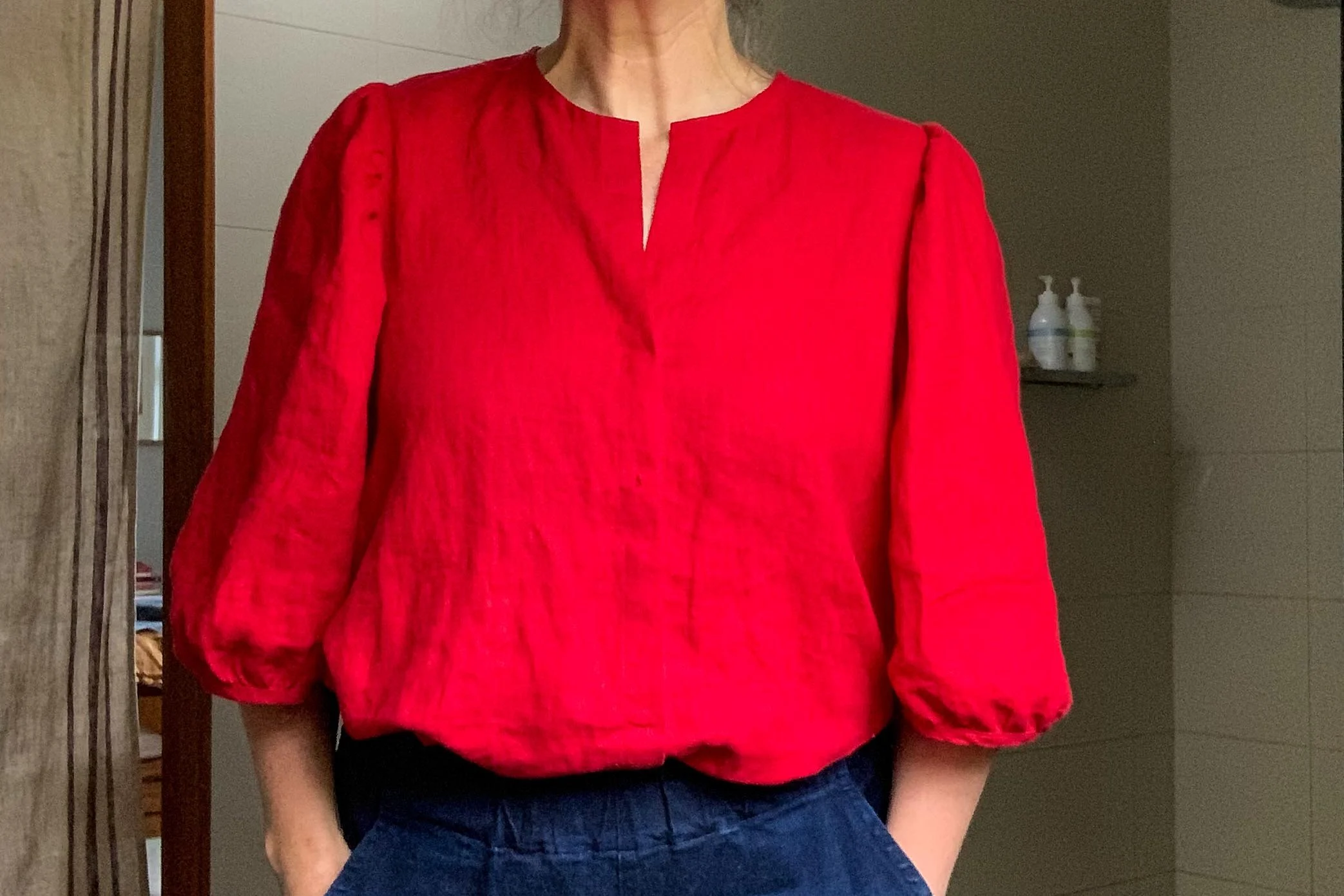In 2016 we invite you to join us in your own personal Stash Less project. Stash Less is a project whereby we work towards having a mindful stash. Each month we will be posting a challenge for you to use in your own journey of discovery and change. Please feel free to join in at any time. We can't wait to hear what you find out! Previous Stash Less posts can be found here.
So it's really important to make sure we don't get ahead of ourselves. Let's take our time and think it through. Stash Less (and changing our behaviour) is a process, not a single event. It takes time to create a mindful stash we can rejoice in, be inspired by and proud of. And time is something we have in abundance. We have the whole year!
A quick word of caution before we look at this month's challenge which is all about setting our baseline. We need to make sure that Stash Less doesn't feel like dieting, because we all know that diets aren't good for the soul, and nor do they achieve their aims. I've said it before - this challenge isn't about deprivation. It is about getting more conscious and thoughtful!
To achieve what we are trying to achieve - a mindful stash - we need to make sure that whatever personal guidelines we come up with are sustainable. We are trying to achieve good, healthy, achievable, joyful, change.
Without further ado this month's challenge is to write down the following;
1. Your aims. We need a goal. What do you want to get out of the challenge? What size stash do you want? What do you want it to contain? What do you want it not to contain? Set a level for your stash, and a feeling you want it to give you.
2. Your purchasing ground rules. Write down the ground rules for purchasing you want to give yourself for the next year. What purchases will you need to make? And what purchases will you allow just for joy?
3. Set a budget. This step allows you to better track your habits. This step makes it real.
I'm really hoping you have read some of the earlier posts in this series. However just in case you haven't, I want to make a few points about why these steps are important and what they might look like.
Notes about Step 1: Your Aims
Some goals might include getting rid of (to friends, charity or strangers) parts of your stash that you will never get around to using. I did a lot of this and it is a total joy. Other goals might be to use things that you had in stash that you don't love but don't hate. Or to use some of your "special" fabrics. You might like to set a stash size?
Notes about Step 2: Purchasing Ground Rules
You must factor in some purchasing! Most people will do better if they know that some purchasing is allowed and sanctioned. I had two categories - needs-based purchasing and joy-based purchasing. For me my needs-based purchasing was things like wadding, zips, cotton thread, needles. And my joy-based purchasing was the yarn for a whole sweater for myself. You need to make sure that you set these and remember that this project is not about deprivation. It is about getting conscious. The feeling of deprivation often leads to rebellion - which we don't want. So make room for some joyful purchasing in there, and then be conscious about it.
Note about Step 3: Setting a Budget
I talk about why I found setting a budget critical in this post* but very briefly I want to say that you must do this. It really will make a difference to how you think about purchasing because you then have a hard limit on spending. It means that you can't just justify, rationalise and justify some more.
I set my budget to $50 per month, which in retrospect wasn't enough as my needs-based purchasing was more than $600 for the year. I make a lot of things! However, in the end getting it wrong didn't matter, as it was a total guess. It was still very helpful as a limit to rationalise my purchasing against. I thought within my $600 per year I would have about $150 for my joy based purchasing which meant that I really had to weigh up my options. Did I want to save $60 from that $150 to spend on some Nani Iro or did I want to spend it all on yarn. I got better at evaluating what was a real "need" and then between those which were most important to me in the longer term. It also meant that I spent more time considering a purchase, weighing it up, so impulse purchasing was less of an issue.
Good luck and feel free to ask any questions! I'm around today.
Felicia x
*I also talk in that post about why I felt incredibly resistant to setting a budget.



